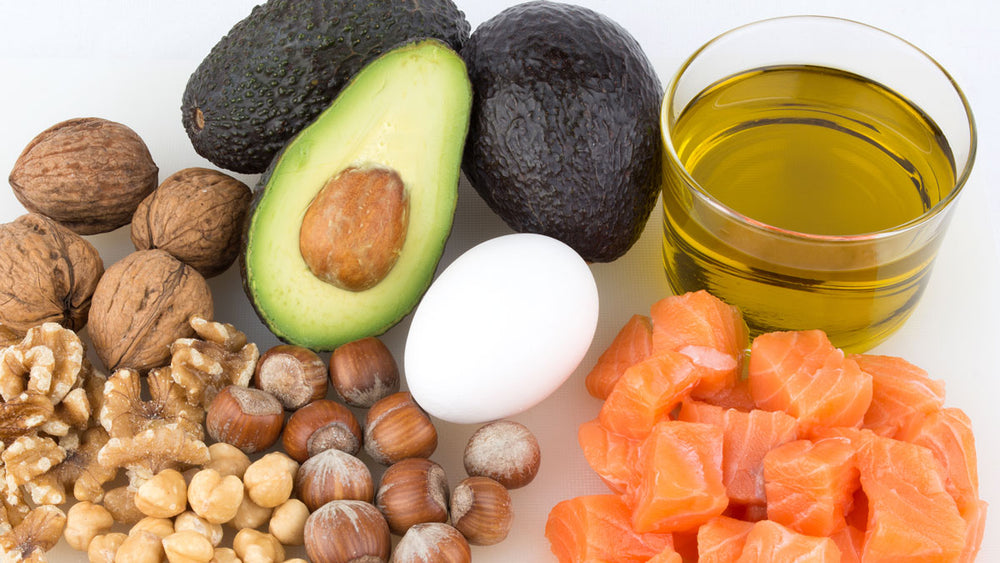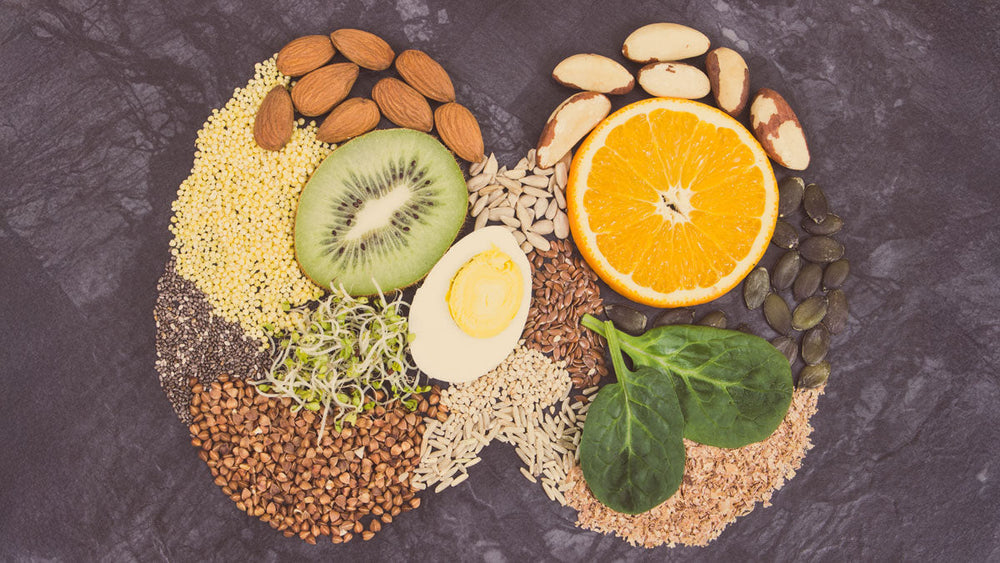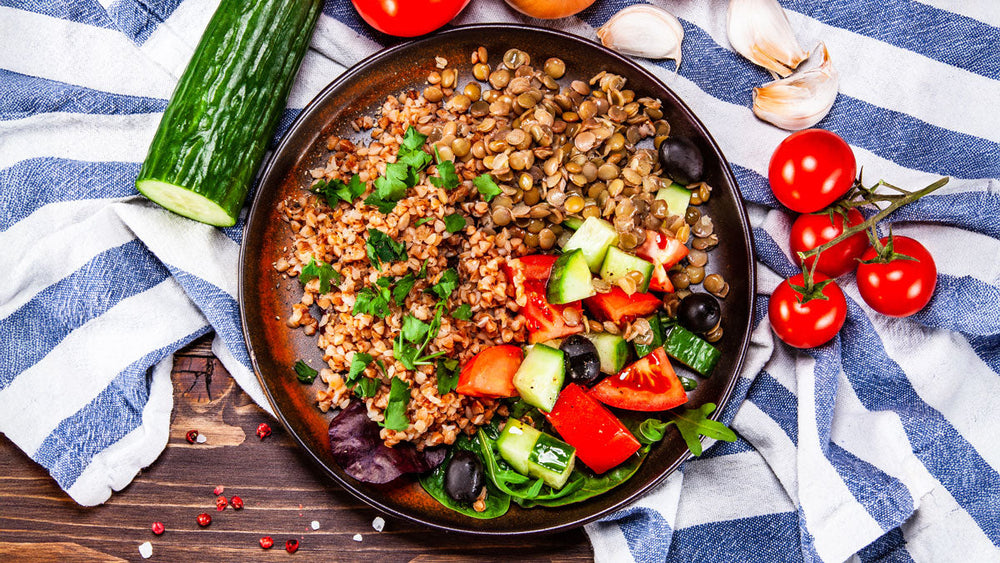Fats do so much more than make food taste good…
Truly, I could talk about fats all day. Much like carbohydrates, these poor macronutrients tend to have a bad reputation and it is simply because they are misunderstood and often- over consumed. Because they taste good! Fats are so important to taste that they have even been called our “sixth taste” in addition to sweet, salty, bitter, sour and umami (Chemical Senses, 2015).
Fats are an essential macronutrient and you cannot live without them.
They provide many important functions in the body including:
- Fats are needed to dissolve the fat-soluble vitamins A, D, E & K, as well as carotenoids in the body.
- Essential fatty acids- which your body cannot make and must be consumed through food- are important for healthy growth in children, as well as healthy skin maintenance in both children and adults. These are also important to brain and nervous system function.
- Linoleic Acid- these are Omega-6 Fatty Acids
- Alpha-Linoleic Acid- these convert to Omega-3 Fatty Acids (you might see these labeled as EPA & DHA, which are Omega-3 Fatty Acids).
- Protection: Fat protects you by cushioning your body, providing insulation for heat, strategically storing itself around the organs for safeguarding.
- Energy: As you will see demonstrated below, fats are a source of calories (energy) but they are not the body’s preferred source of energy.
With fats- it is all about making the correct decisions about which ones and how much you choose for your daily intake. Start by learning where fats are on the Interactive Food Label.
Fats contain 9 calories per gram- the highest calories per gram of the essential macronutrients. Since your overall fat needs will be individualized based on your overall calorie needs- or condition such as heart disease, the general recommendations are:
- 20-35% of your calories should come from Fats
- If your calorie needs are 2200 calories, multiply this by .20 and .35 = 440 & 770 and divide those numbers by 9 calorie per gram for fat to get your fat needs: 440/9 & 770/9 = ~49-85.5 grams of fat per day.
Let’s break the fat recommendations down a little bit further:
When choosing fats for healthier nutrition, you want to take into consideration the Total Fat, Saturated Fat, Trans Fat & Cholesterol when evaluating food labels.
- Total Fat will help you keep within your daily needs for your individual goals.
- Saturated Fat & Trans Fat are important because these are the types of fats that are associated with increasing LDL-cholesterol levels (aka your “bad cholesterol”) in individuals- which is a key risk factor for heart disease.
- Saturated Fat is found in animal products and in fats that are solid at room temperature. They are found in many foods such as milk, beef & pork fat (lard), butter, snack foods, desserts & are associated with an increased risk of developing cardiovascular disease (BMJ Ntr Prev Health, 2018).
- Less than 10% of calories per day should come from saturated fat
- Based on a 2,000 calorie diet- the Daily Value for saturated fat is less than 20 grams per day
- There is no recommended intake for Trans Fat. And thanks to a USDA ruling that found partially hydrogenated oils to be detrimental to health (therefore “phasing out” the use of these in consumer products)- we do not see these in many of our store bought foods anymore. There are some naturally occurring Trans Fats found in animal products.
- Cholesterol is made by the body but is also found only in animal products (such as butter, egg yolks, meat, poultry).
- The recommended Daily Value is to consume less than 300mg of cholesterol per day.
Stay tuned for more information about macronutrients in the future! Here are some healthy fat examples and recipes from eatright.org.




















Comments
Join The Conversation...